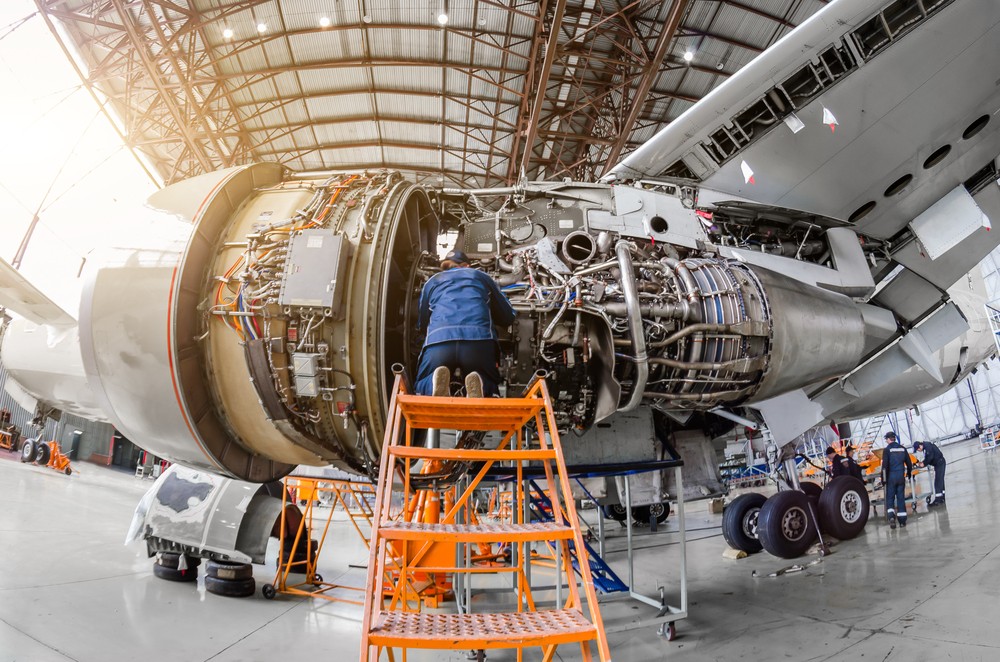Boeing Faces More Trouble With Manufacturing Defects

Boeing has been in the news a lot these days. Unfortunately, the headlines haven’t been good. One of America’s biggest manufacturing stalwarts, Boeing is often used as a benchmark for industry metrics. The problem is, the aviation giant has had one debacle after another over the last 12-18 months. From its 737 Max fiasco, to its failed deal with Embraer, to its battles with the Federal Aviation Administration (FAA), Boeing is embroiled in bad news. And it’s only getting worse as yet another story creeps into focus: one involving manufacturing defects and recalled planes.
Boeing 787 defects make headlines
The latest in Boeing’s series of scandals has manifested in two manufacturing defects with its 787 long-range “Dreamliners.” Specifically, there have been defects involving areas where parts of the fuselage are joined together, which could face premature degradation. The defect only applies to eight planes currently, but it’s unclear if more may be affected. Nearly 1,000 Boeing 787s have been delivered to 69 different airlines worldwide since 2012.
The planes are currently grounded and face the need for repairs before they can reapply for FAA airworthiness.

The decline of a giant
The 787 defects come at a very bad time for Boeing, as its 737 Max planes remain grounded over airworthiness concerns. With two of its most popular models under scrutiny, Boeing faces mounting pressure to reestablish itself as not only a top manufacturer, but as a stalwart of manufacturing integrity.
Boeing’s stock is down more than 50% from its 12-month highs in September 2019, showing pessimism from investors. As a top six manufacturer by revenue in the U.S., Boeing’s suffering has extended to the broader manufacturing sector, effectively tying an anchor to domestic manufacturing indices. As a result, the company has faced even more backlash as its public failings have equally public ramifications.
As companies cancel orders and move their business to competitors like Airbus, Boeing is faced with the prospect of even more turbulence ahead. COVID-19 rages on, stifling air travel. Economic forces signal impending downturn, which could mean the need to cut jobs when headwinds start to blow. Boeing is at a crossroads. Will it get its act together and find strength in the 2020s? Or are we witnessing the decline of a giant in real time?
Boeing’s path forward
What can Boeing do to recoup the trust of its customers and retain its coveted spot as a top domestic manufacturer? The simple answer is to start doing things right.
Boeing’s first and biggest obstacle is to reobtain airworthiness certification for its bestselling 737 Max planes — not only to get grounded planes back in the air, but to reattract customers who cancelled orders. Second, it’s to fix the manufacturing defect of the 787 and ensure the problem is mitigated and proactively resolved across the rest of the fleet.

Above all else, Boeing needs to return to its manufacturing roots. That means embracing stringent quality control and quality assurance protocols, fine-tuning its engineering and testing practices, and being its own worst critic for standards and practices. A top manufacturer needs to set the example, and sometimes the best example is getting the fundamentals right.
Unfortunately, we likely haven’t seen the end of hardship for Boeing. That shouldn’t stop the company from taking strides to reemerge from its current strife a better, more focused manufacturer. As the good news starts to overshadow the bad, Boeing will begin to live up to the lofty expectations the manufacturing industry still has for it.